The Robots are Coming!
After taking over deliveries for 20 percent of rural Rwanda’s blood supply, Zipline is introducing its drone fleet to the rural United States.
The Robots are Coming!
After taking over deliveries for 20 percent of rural Rwanda’s blood supply, Zipline is introducing its drone fleet to the rural United States.
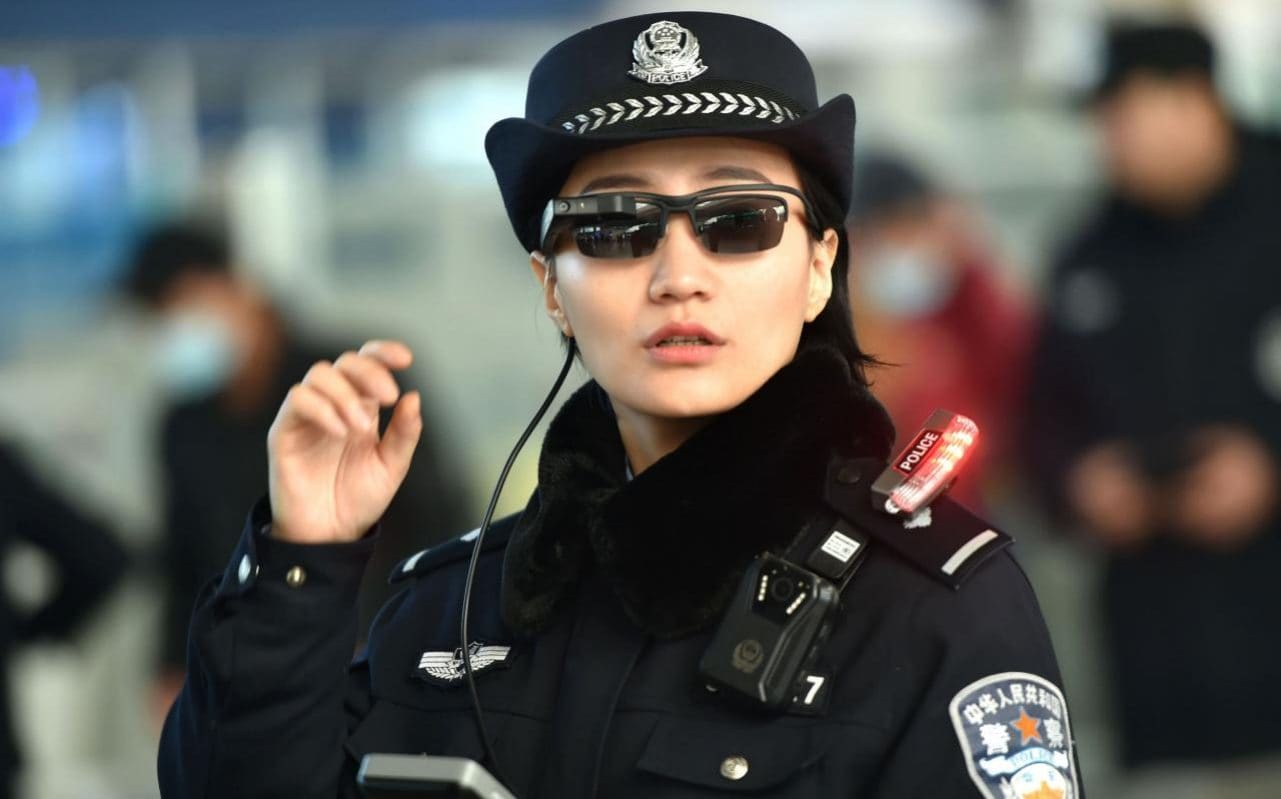
O n the outskirts of Beijing, a policeman peers over his glasses at a driver stopped at a motorway checkpoint. As he looks at the man’s face, a tiny camera in one of the lenses of his glasses records his features and checks them with a national database.
The artificial intelligence-powered glasses are what Chinese citizens refer to as “black tech”, because they spot delinquents on the country’s “blacklist”. Other examples include robots for crowd control, drones that hover over the country’s borders, and intelligent systems to track behaviour online. Some reports claim the government has installed scanners that can forcibly read information from smartphones.
In the last two weeks, Facebook has been mired in a privacy storm in the UK and US over potential misuse of personal data. But such an event might baffle many in China, where the country’s surveillance culture eclipses anything Facebook has done.
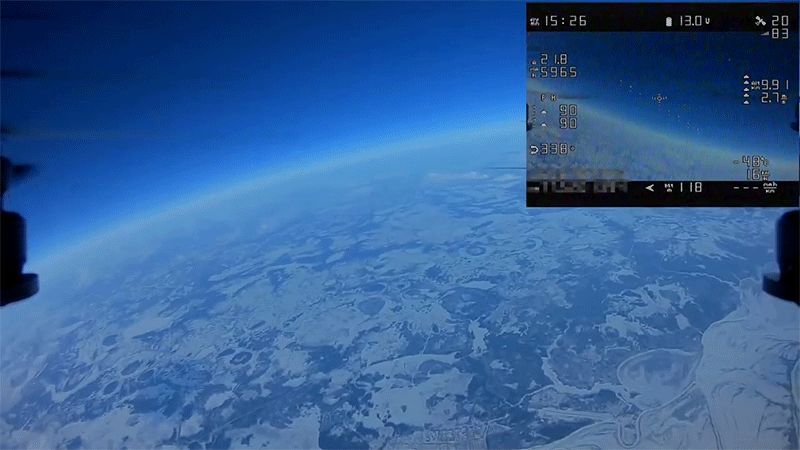
To ensure the safety of larger aircraft carrying pilots and passengers, unmanned aerial vehicles, or drones, can’t be flown higher than 400 feet so they don’t enter national airspace. Regulations in Russia, however, aren’t as strict, enabling drone pilot Denis Koryakin to fly his homebuilt, 2.3-pound craft to a staggering height of almost 33,000 feet.
For comparison, a 747 has a maximum ceiling of just over 45,000 feet, but most airliners will cruise at around the same altitude this tiny drone managed to reach. As amazing as the view is from 33,000 feet, it’s certainly a dangerous stunt and will get you in heaps of trouble in the US if you get caught. But Koryakin’s flight took place near the city of Strejevoï, in Siberia, which is notoriously frigid and sparsely populated. Russia also doesn’t appear to have any regulations on how high a drone can be flown, but hopefully stunts like this don’t become too commonplace.
Autonomous weapon bans (previously) are currently being debated, but in the meantime, the US Department of Defense continues work with its Perdix Micro-Drone project. Ostensibly for surveillance, it’s clear these could easily be modded with lethal weaponry.
F/A-18 Super Hornets deploy the drones, which can then perform a series of tactical maneuvers based on post-launch commands.
Elevation — How Drones Will Change Cities
Drones will transform cities, revolutionising how people travel, how goods are delivered and how buildings look and are constructed, according to a documentary by Dezeen.
“Aerial highways” will relieve pressure on roads as deliveries and human transportation take to the skies in unmanned electric vehicles.
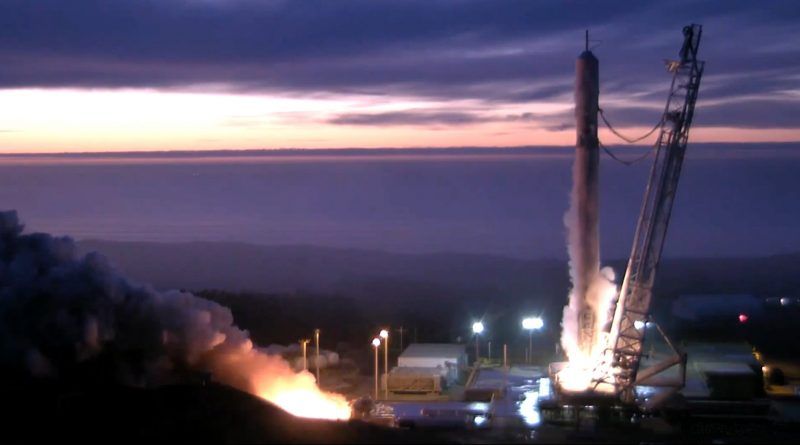
A previously-used Falcon 9 booster soared to life at California’s Vandenberg Air Force Base on Sunday for its Static Fire test ahead of lifting the fifth set of Iridium-NEXT communications satellites on Thursday, marking the start of a string of Falcon 9 missions lined up for March and April. Liftoff is targeting 14:19 UTC on March 29 to boost the number of Iridium-NEXT satellites in orbit to 50 as the Virginia-based communications company continues pushing toward having the full Iridium-NEXT constellation in operation by the end of summer.
Sunday’s Static Fire test occurred near the opening of the day’s test window at 7 a.m. and was expected to run for seven seconds to exercise the nine previously-flown Merlin 1D engines of Booster 1041, gearing up for its second Low Earth Orbit mission. The booster was first in action for the third Iridium-NEXT mission in October 2017 and successfully returned via a Drone Ship landing in the Pacific Ocean as SpaceX has yet to conduct its first return-to-launch-site recovery from Vandenberg.
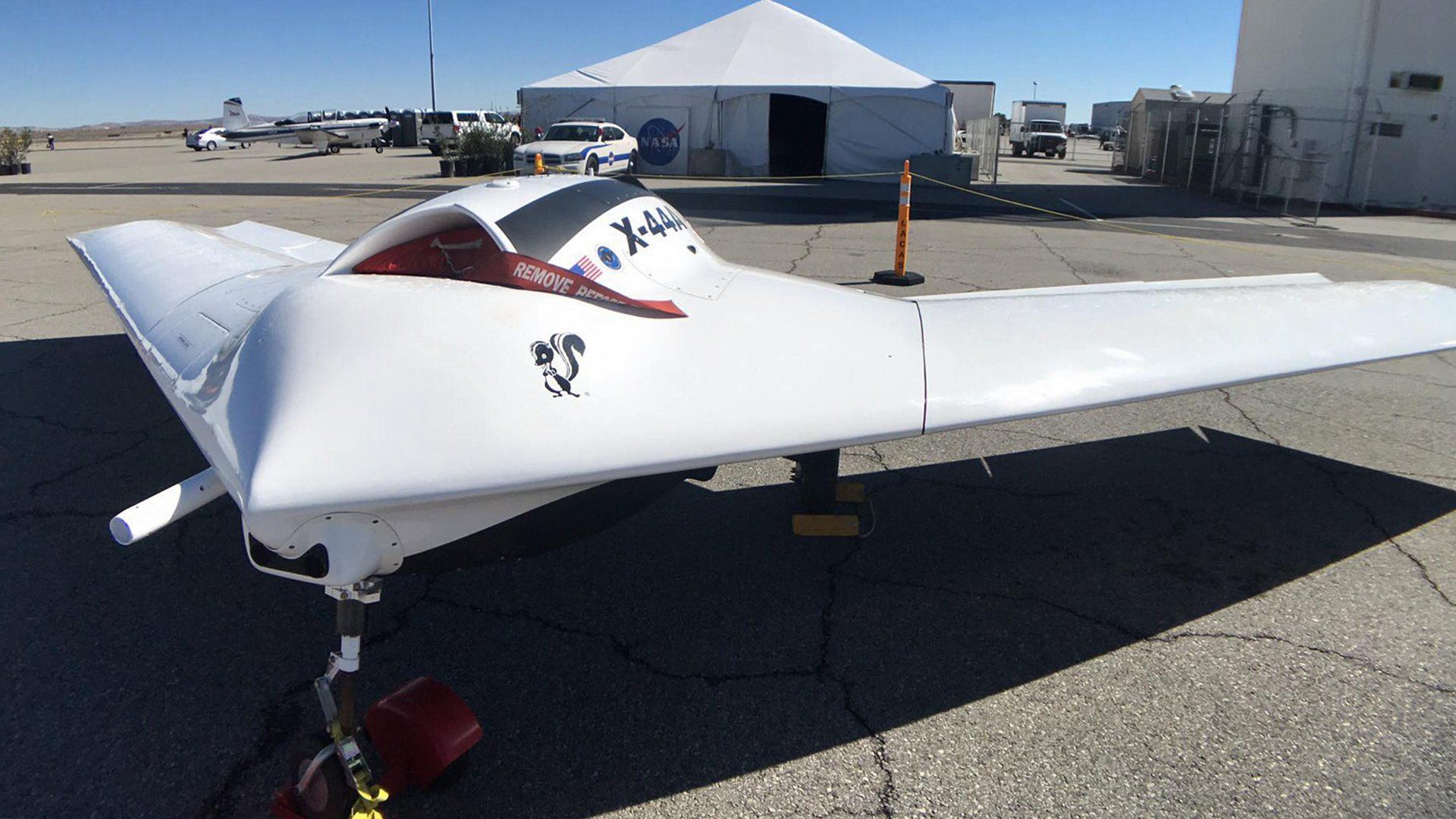
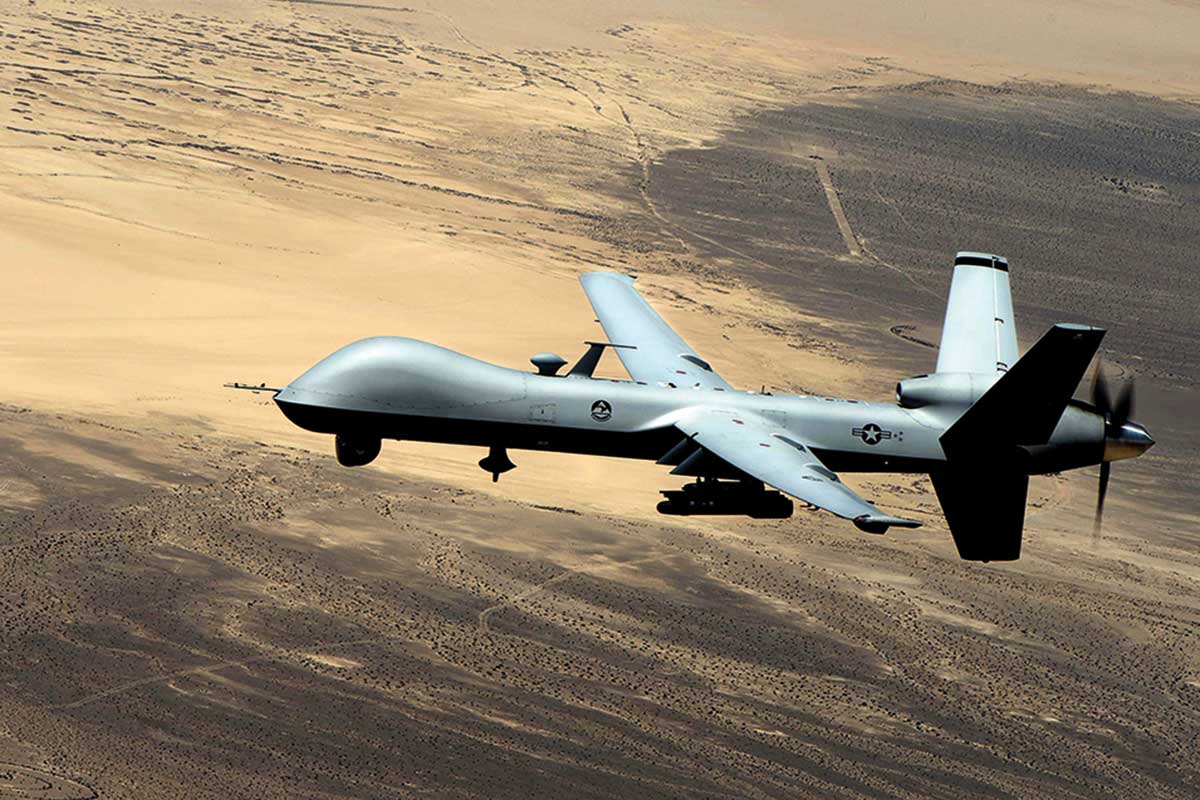
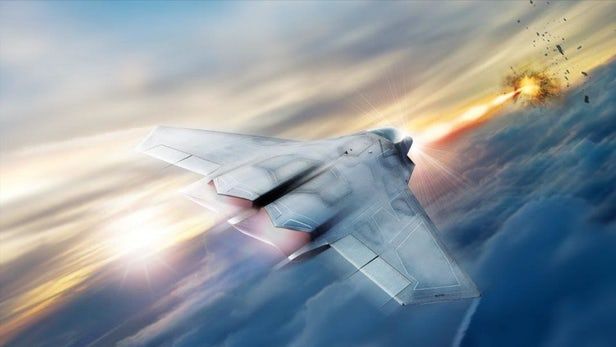
When the first laser was invented the idea of using it as a superweapon seemed like science fiction. Almost 60 years later and it still seems that way, despite a remarkable degree of progress. Prototypes have been used to destroy small watercraft, shoot down missiles and drones, and have even been deployed at least once in a war zone, but the revolutionary destructive ray that would change the face of battle as fundamentally as the longbow or the airplane has yet to appear. So just what is the current state of laser weapons technology, and what does it hold in store for the future of warfare?
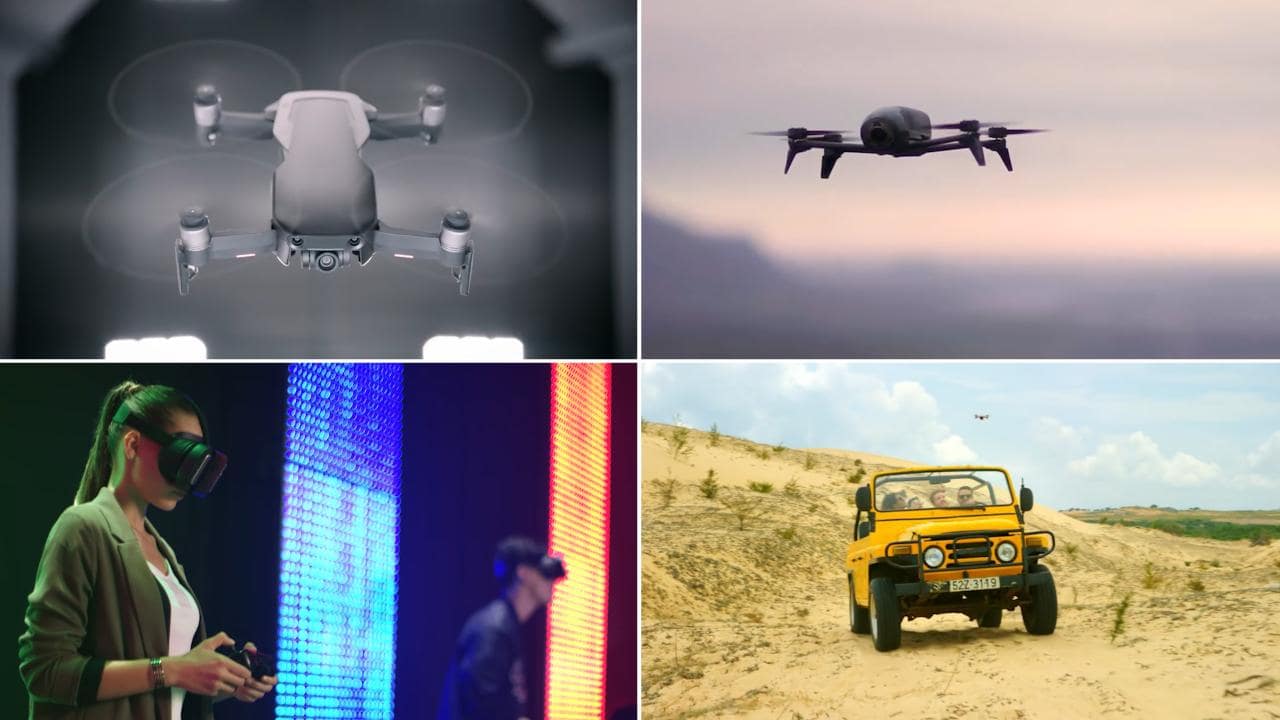
D rones have become the must-have gadget for tech fans and videographers. Drones let you become a pilot and aerial photographer, getting incredible footage or even taking part in activities like drone racing.
There are a couple of major drone brands out there. DJI is known for making high-end drones close to those used by professionals. Parrot makes cheaper drones, which have slightly less powerful cameras but come cheaper.
Until recently, GoPro produced the GoPro Karma, but the company has recently cut its drone division and will no longer be producing it, so we have left it out for the purposes of this review.